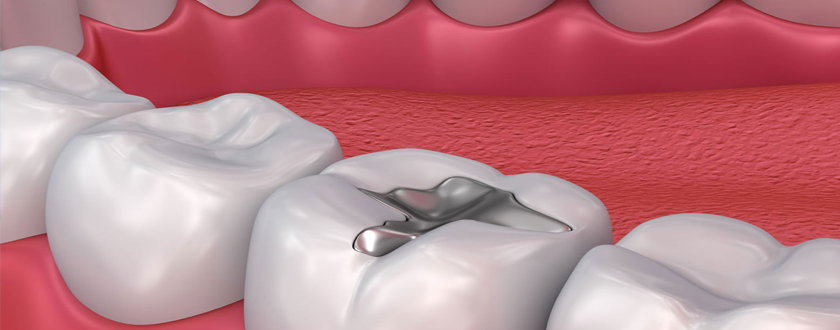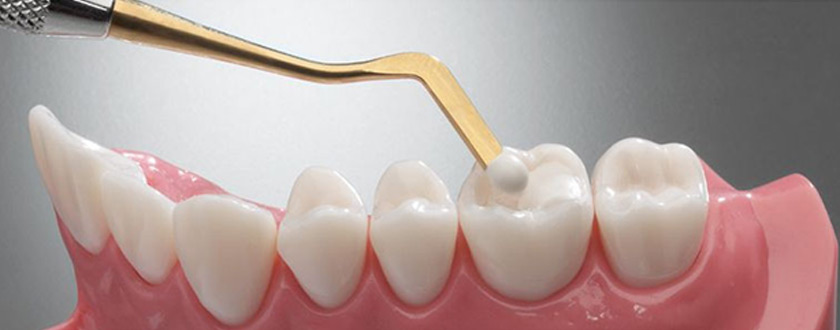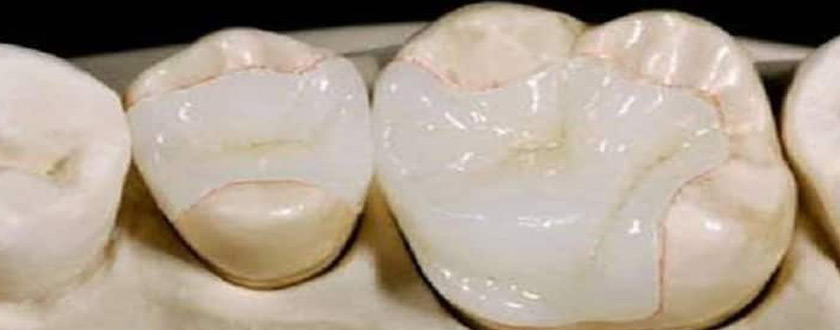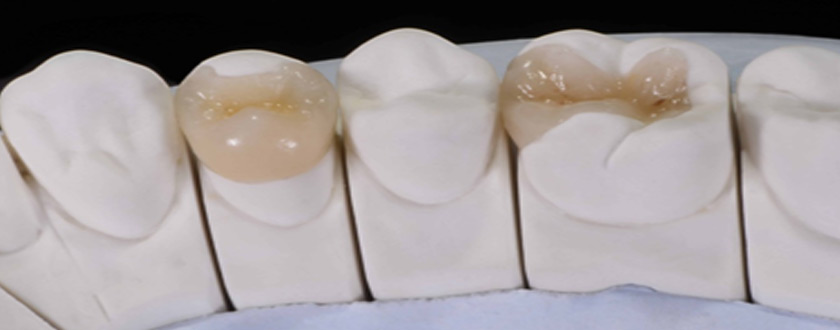There are two types of indirect fillings -- inlays and onlays.
- Inlays
are similar to fillings but the entire work lies within the cusps (bumps) on the chewing surface of the tooth.


A filling is used to treat a small hole, or cavity, in a tooth. To repair a cavity, a dentist removes the decayed tooth tissue and then fills the space with a filling material.
A dental filling is generally very safe, but it does have risks and potential complications. It is only one method used to treat tooth decay. Discuss all of your options with your dentist to understand which options are right for you.
Some tooth filling materials are-

These fillings are made most often of porcelain and are more resistant to staining than composite resin material. This material generally lasts more than 15 years and can cost as much as gold.

is made of acrylic and a specific type of glass material. This material is most commonly used for fillings below the gum line and for fillings in young children (drilling is still required). Glass ionomers release fluoride, which can help protect the tooth from further decay. However, this material is weaker than composite resin and is more susceptible to wear and prone to fracture. Glass ionomer generally lasts five years or less with costs comparable to composite resin.

are similar to fillings but the entire work lies within the cusps (bumps) on the chewing surface of the tooth.

are more extensive than inlays, covering one or more cusps. Onlays are sometimes called partial crowns.
